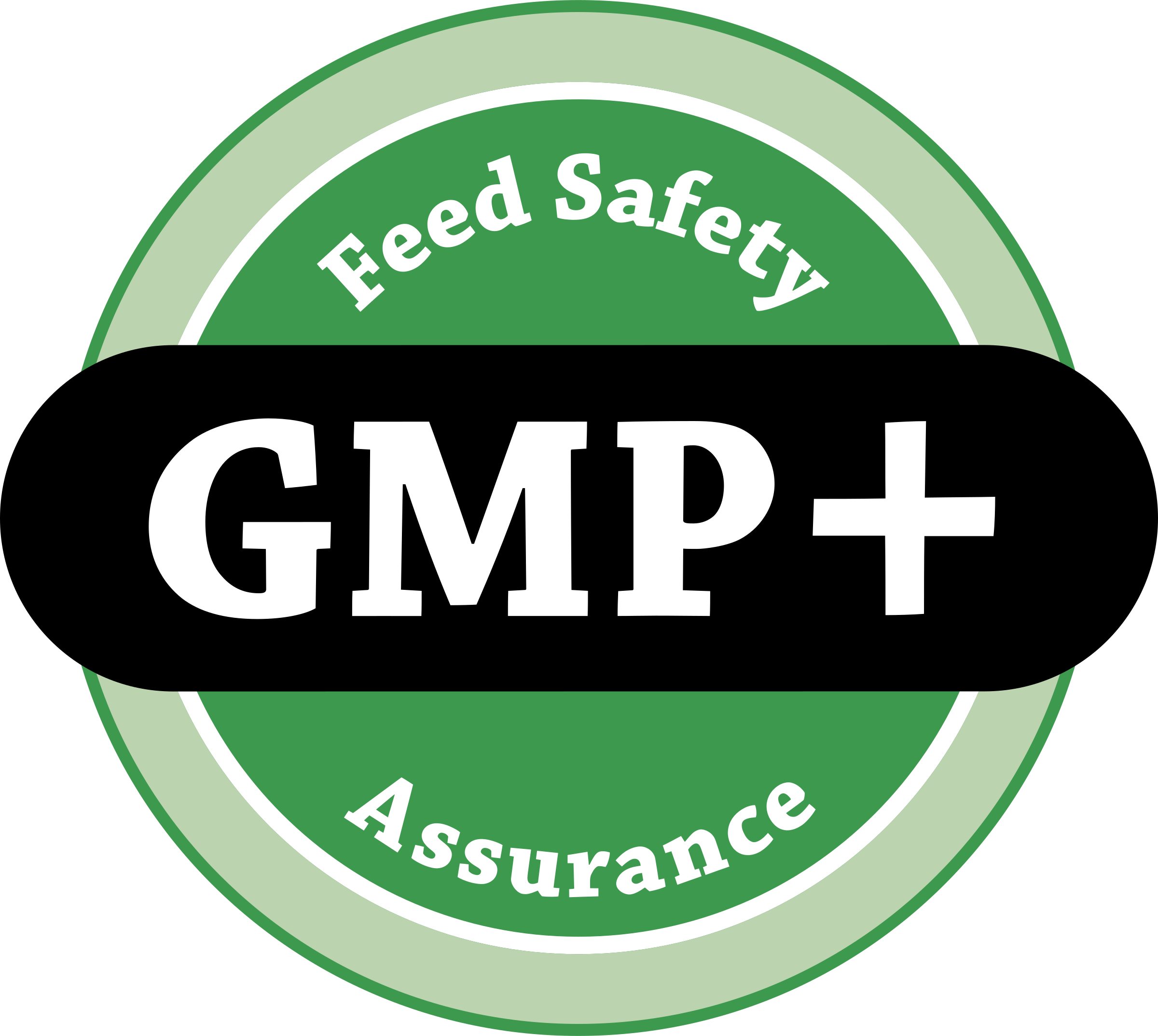Antibiotics and other allopathic medicinal agents are being used less frequently in poultry production today, owing to concerns about bacterial resistance. However, alongside this development is an ever-increasing need for low-cost, high-quality food, enhanced feed hygiene, lower environmental impact and improved poultry health and welfare.
Many studies have been conducted to discover alternative ways for maintaining poultry health and improving performance in intensive settings, and a number of substances known as natural growth promoters (NGPs) have been identified as effective antibiotic alternatives. NGPs known as phytobiotics are gaining favour as feed additives due to their positive effects on gut health, immunity, and growth performance.
Ginger (Zingiber officinale)
Active components like monoterpenes and sesquiterpenes improve body weight gain due to stimulation of digestive enzymes and improvement of overall digestion, inhibits the growth of harmful bacteria in the intestinal tract due to antimicrobial activity lead to assimilation of nutrients which overall improves carcass traits, decreases abdominal fat. Ginger acts as an immunomodulator which increases the activity of lysozyme.
Turmeric (Curcuma longa)
Turmeric rhizome/ powder are rich in components like curcuminoids, turmerones, improves the blood lipid profile. The antibacterial properties of turmeric improves digestion due to choleretic property, which increases appetite. Other actions like antioxidative; anticarcinogenic; antihepatotoxic and immunomodulatory properties stimulates the production of interferons.
Aloe vera (Aloe barbadensis)
Aloe vera basically used as leaves/water extracts, powder, gel powder contains active principles like Anthraquinones polisaccharides ,vitamins, enzymes, salicylic acid, anthraquinones and lignin, aminoacids are potent immunomodulators i.e. stimulates the activity of granulocytes and granulocytic enzymes (myeloperoxidase, peroxidase), increases the titer of antibodies and alleviate adverse effect of environmental stress. Antioxidant property decreases the lipid peroxidation and increasing the antioxidant status. It stimulates the digestion as it improves absorption of nutrients from the intestine, improve of intestinal microflora; improve of performance and FCR. Aloe helps in increasing and providing protection to the vital physiological organ like liver and kidney.
Garlic (Allium sativum)
Active principles like Allicin, Ajoene, Allyldisulfide, Vinyldithiin, Phytosterols, Mucilages, Pectins, Flavonoids improves immunity by increasing the titer of antibodies, stimulating the activity of lysozyme and increases the phagocytic activity of macrophages. Garlic has chemopreventive effect due to active principles present. Allicin posseses antiseptic property and alleviate adverse effect of environmental stress. Improves digestion and the blood lipid profile. It also improves growth and thus feed conversion ratio.
Coneflower (Echinacea purpurea)
Leaves root/dried herb, water and alcohol extracts, root contains polysaccharides, flavonoids, polyphenolic acids – mainly chlorogenic acid and caffeic acid, alkylamides, polyacetylenes which has immunomodulatory properties and stimulates phagocytic activity of macrophages, increases the activity of lysozyme, increases the titer of antibodies. Active principles has antimicrobial, antitumor, antidiabetic, and antioxidant, digestion stimulant property which improves production and hence FCR.
Cinnamon (Cinnamomum zeylanicum)
Bark, leaves/ cinnamon oil of Cinnamon zeylanicum contains cinnamaldehyde, eugenol, phenolic and polyphenolic substances improves of appetite and digestion. These active components enhances of antioxidant status, possess antimicrobial and blood purifying actions. Phenylpropanes, such as cinnamaldehyde binds with proteins through their carbonyl group and preventing the action of important cell enzymes such as amino decarboxylases. It has been shown to inhibit the growth of C. perfringens and B. fragile.


